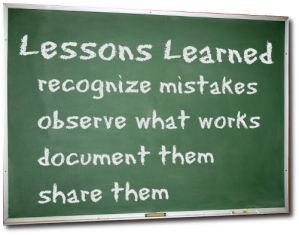My sisterlocks journey is teaching me more and more about my natural hair, and I’m loving it! For many, their biggest fear is having “scalpy” sisterlocks that may look like this:

I’ve learned that depending on your hair density, you will either see a lot of scalp, a little or not much at all. It should be noted that the “scalpy look” usually only happens in the beginning when your locs are new. Over time they will mature and swell up and you won’t see your scalp anymore. Even if you have thin hair.
What is hair density?
Hair density is the number of strands on your head. It determines how thick or thin your hair is.
Low density means your hair strands are lower than the average amount of individual strands on your head. It also means being able to easily see your scalp; therefore, it is affecting you from having thick and full hair.
To determine your hair density, look at your dry hair hung loose in its natural shape, from different angles and up close. If your scalp is easily visible, you have low hair density. If your scalp is somewhat visible, you have medium hair density. And if your scalp is barely visible, you have high hair density.
My hair
This is how my hair looked the day I had my sisterlocks installed:

From the back you don’t see any of my scalp, and the same was true from the front. Therefore, I fall into the high density hair category. I only bring this up because when I went for my follow up appointment with my consultant, she mentioned to me that I have the type of hair that will grow outside of the grid. At the time I didn’t quite understand what she meant, but then the conversation also came up again with someone, and this person mentioned that perhaps I had breakage before I got sisterlocks or maybe my loctician is not using the correct tension or rotations. She also said that her hair never grows outside of the grid.
Doing research
Knowing that no two heads of hair are the same, I decided to do some research on hair density because I didn’t believe any of those things she suggested were the case for me. I didn’t have any breakage at the root of my hair before I got my sisterlocks installed, and I’m pretty confident in my loctician’s skill and experience.
What also gave me a better understanding about hair density is YouTuber Melissa Blake, who is also a loctician in the U.K. In the video link below, she explains why some people’s hair type cannot hold the sisterlocks grid and how your hair density plays a huge part in this. Watching this video was so enlightening, and I’m so glad that I found it. I hope it’ll help others with (or without) sisterlocks understand their hair density.
If you found this information helpful, please let me know!
Xoxo








